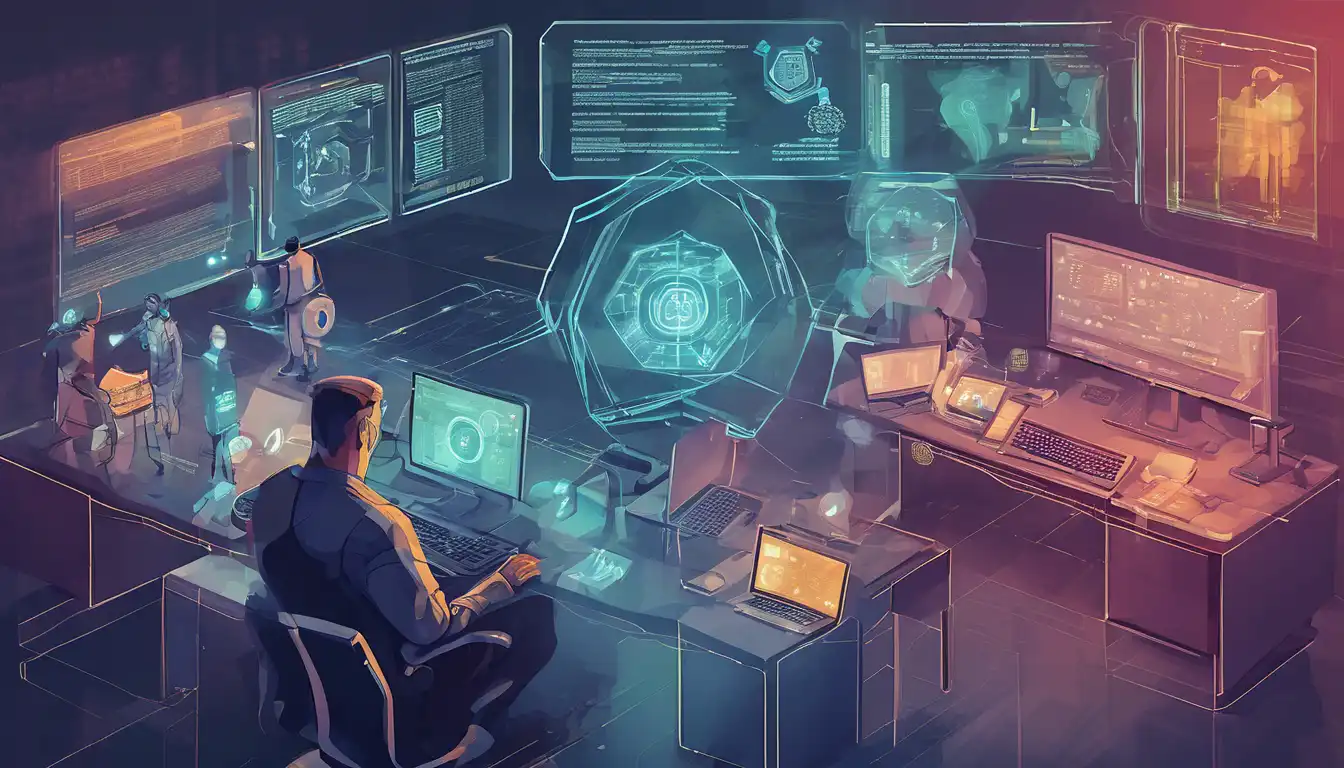Introduction to Cybersecurity Trends
In the ever-evolving digital landscape, staying ahead of cybersecurity threats is paramount for businesses and individuals alike. The year 2023 has brought forward innovative strategies and technologies designed to fortify defenses against increasingly sophisticated cyber attacks. This article delves into the latest trends in cybersecurity defense, offering insights into how you can protect your digital assets effectively.
Zero Trust Architecture
One of the most significant shifts in cybersecurity defense is the adoption of Zero Trust Architecture (ZTA). Unlike traditional security models that operate on the assumption that everything inside an organization's network can be trusted, ZTA requires verification from everyone trying to access resources on the network, regardless of whether they are within or outside of the organization's perimeter. This approach minimizes the chances of unauthorized access and data breaches.
Artificial Intelligence and Machine Learning
Artificial Intelligence (AI) and Machine Learning (ML) are playing pivotal roles in detecting and responding to cyber threats in real-time. These technologies can analyze vast amounts of data to identify patterns and anomalies that may indicate a cyber attack, enabling quicker and more effective responses. AI-driven security systems are becoming indispensable in the fight against cybercrime.
Cloud Security Enhancements
As more organizations migrate to the cloud, securing cloud environments has become a top priority. Enhanced cloud security measures, including advanced encryption techniques and multi-factor authentication, are being implemented to protect sensitive data stored in the cloud. Additionally, cloud security best practices are being widely adopted to mitigate risks.
Ransomware Defense Strategies
Ransomware attacks continue to pose a significant threat to organizations worldwide. In response, cybersecurity experts are developing more robust defense mechanisms, such as regular data backups, employee training programs, and advanced threat detection systems. These strategies are critical in preventing ransomware attacks and ensuring business continuity.
Conclusion
The landscape of cybersecurity is constantly changing, with new threats emerging regularly. By staying informed about the latest trends and implementing advanced defense strategies, organizations can significantly enhance their cybersecurity posture. Embracing technologies like Zero Trust Architecture, AI and ML, and cloud security enhancements, along with adopting comprehensive ransomware defense strategies, are essential steps in safeguarding digital assets in 2023 and beyond.
